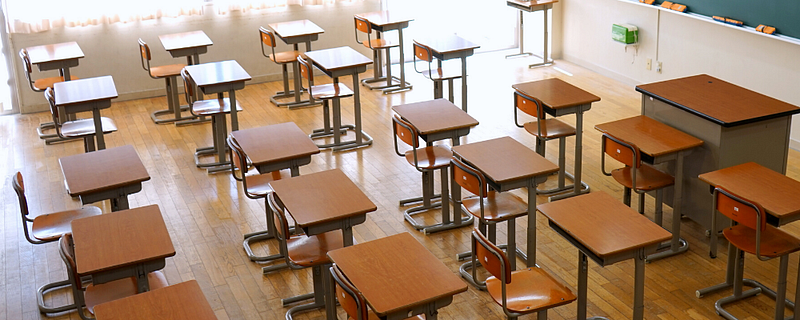By Leo Bialis-White, Senior Associate Partner, NewSchools Venture Fund

Updates!
- Back in May, Greg Richmond and Peter Cunningham were some of the first to advocate for reallocating secondary school buildings in The 74. Evidence about how children in different age groups transmit the coronavirus wasn’t out then, which only strengthens their argument.
- Emily Oster of ParentData blog came to a similar conclusion after diving into new data on COVID-19 transmission among children of various ages.
- The nation’s largest school district, New York City Department of Education, seems to be considering nontraditional venues for its elementary students. Earlier this month, Chancellor Richard Carranza said the city is considering using business spaces for elementary classes while Councilmember Mark Treyger proposed holding them in high schools, noting that the district had done so successfully in 2012 when Hurricane Sandy struck the city.
- Robin Lake at CPRE and The Evidence Project, is supporting an inspiring effort to review and share many district plans. Follow her here and here.
. . .
Trauma, learning loss, and physical safety. Pods, virtual education, and hybrid schedules. Educators are planning to reopen schools in a fog of conflicting evidence and guidance. The information, opinions, ideas, and politicization — much of it conflicting — are coming at educators as fast as they plan for the upcoming school year.
Fortunately, some things are becoming clearer and more actionable as we learn more about COVID-19. One of them is how we deliver education based on the unique needs of elementary and secondary students. What we know from education research, balancing work and childcare, and now new data on COVID-19 transmission all point to one short-term solution:
Keep middle and high school students at home and use the space to educate elementary school students.
Here’s the argument:
- Learning loss is unequal; late elementary school students are at the most significant risk of learning loss. EdWeek reported that an “NWEA study found upper elementary students face potentially the biggest losses during school closures, in part because 4th and 5th grades are usually a time of rapid academic growth.”
- Older learners are more accustomed to using education technology, which lessens to transition to learning in a remote setting. For example, our research with Gallup shows that before COVID-19, nearly two-thirds of middle and high school students used digital learning tools every day, whereas only 45% of elementary school students did the same.
- Elementary students require more childcare. Parents of elementary students, on average, are facing more difficulty than parents of older students balancing work and parenting. As Deb Perelman wrote recently, you can have a kid or a job, but not both.
- Perhaps most compelling for public health reasons, kids under 10 seem to have much lower transmission rates according to a new South Korean study. The New York Times concluded, “Children younger than 10 transmit to others much less often than adults do, but the risk is not zero. And those between the ages of 10 and 19 can spread the virus at least as well as adults do.”
If school leaders prioritize in-person instruction for elementary students, their middle and high school buildings may be their best assets for providing instruction safely.
What might this look like? With access to middle and high schools, elementary students can utilize more classrooms, bathrooms, and common spaces. Baseball fields, theaters, and courtyards offer opportunities for variation. More space means pods of students and teachers can move more freely. Buses usually used for high schools can be redeployed for younger students so they can spread out. Activities like bathroom breaks and lunch will take longer than in pre-pandemic times, but with more bathrooms and fewer students, they will not consume the day.
Start with middle and high schools, but let’s consider everything. Block off the streets in front. Use the parks, libraries, and churches.
To be sure, this doesn’t solve every problem. To pull off a complex hybrid approach, schools will need more teachers, paraprofessionals, and tutors, yet many current teachers feel unsafe teaching. Desks, chairs, sinks, and toilets will seem huge to little kids. And cleaning more buildings will add costs.
Educators, especially district leaders, have many decisions in front of them, nearly all of which have no precedent. With the use of space, there’s a data-supported path. Let’s follow the data and climb the mountain that is Back To School 2020, one creative solution at a time.
Want to read more? This blog was inspired by a productive, lively thread on LinkedIn.
